Eau Claire takes action on a PFAS problem in its well water
After detecting elevated levels of per- and polyflouroalkyl substances, called PFAS, in its drinking water supplies, city of Eau Claire utility staff moved to test more samples, shut off wells where contamination was identified and cut off the flow of these "forever chemicals."
By Marisa Wojcik | Here & Now
November 12, 2021 • West Central Region
“We’ve done things in our past to the environment that at the time they may not have seemed bad, but now we find out later that they’re not great for the Earth or for our personal health,” said Lane Berg, the city of Eau Claire utilities manager.
Berg is in charge of the city’s drinking water wells.
We have 16 active wells and our wellfield here. It’s about 400 acres in size, and it serves the entire population of the city of Eau Claire,” he explained. “We pump about 9 million gallons per day.”
In July 2021, when the city’s water treatment plant first detected elevated levels of an emerging contaminant known as PFAS, Berg took immediate action.
“When we did sample all of our wells, we found four wells on the north end of our well field that were slightly higher in PFAS levels,” Berg explained. “So at that point, we shut those wells down immediately.”
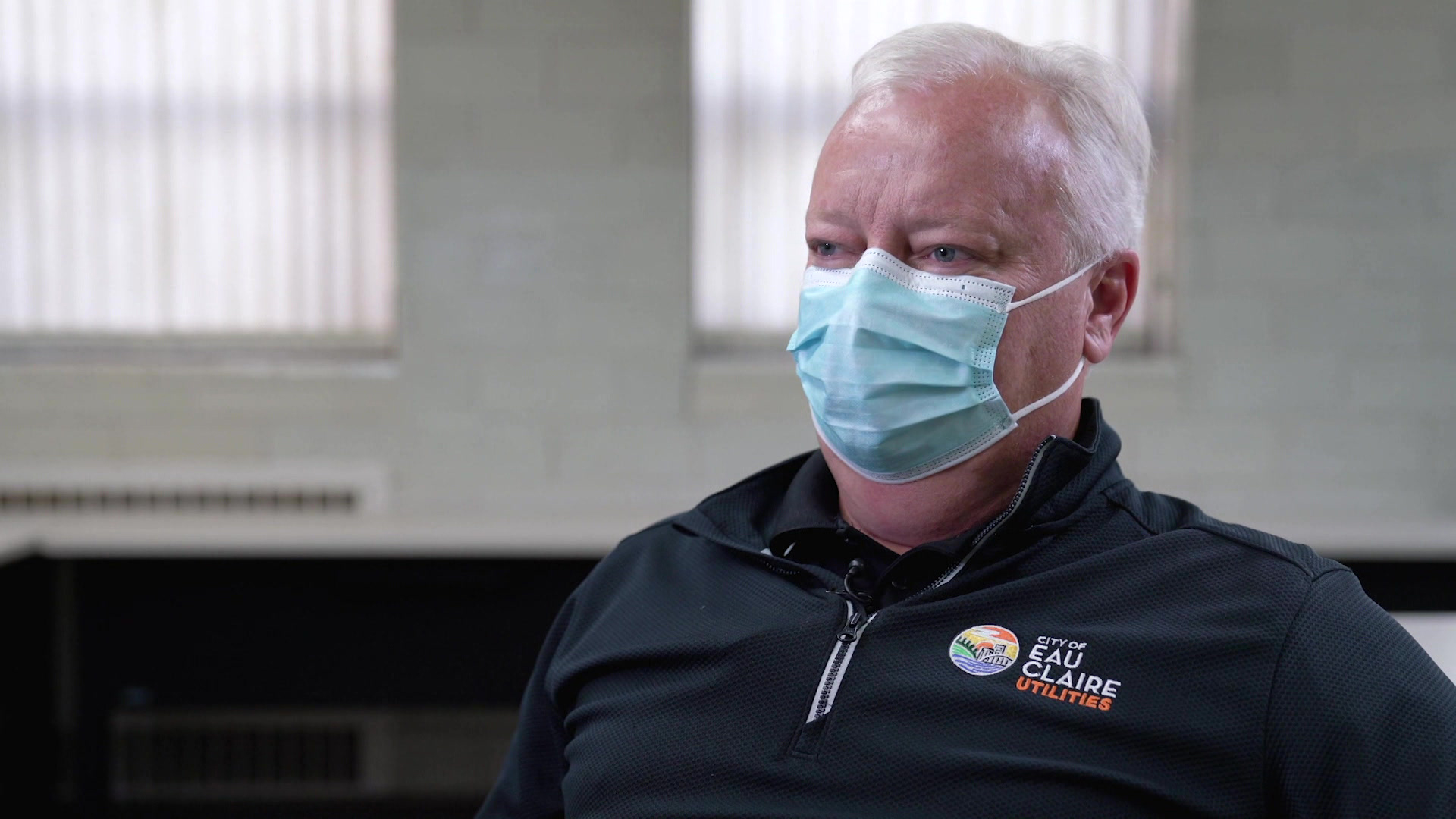
Lane Berg is the utilities manager for the city of Eau Claire. When water testing detected “slightly elevated” PFAS levels in several city wells, Berg had them shut off and initiated additional mitigation measures. (Credit: PBS Wisconsin)
PFAS stands for per- and polyflouroalkyl substances, and are referred to as “forever chemicals.” Over the last few years, known contamination sites have popped up throughout Wisconsin.
“I think the more that we test for it, the more we’ll find it,” said Christy Remucal, an associate professor of civil and environmental engineering at UW-Madison.
“These chemicals are used in a lot of different things that we come in contact with every day — a lot of consumer products, anything that’s nonstick or waterproof. So you can think about patterns, stain resistant carpeting, waterproof clothing. They’re used in industrial applications and in firefighting foams, just to name a few,” Remucal explained.
“Some of these chemicals have been used for decades, and we’re just now kind of finding out about the extent of contamination for them in the environment,” she continued. “The concentrations that we worry about for human exposure and in environmental health are really low — nanograms per liter, parts per trillion.”
That’s parts per trillion.
“Very minute concentrations we’re looking for,” noted Berg.
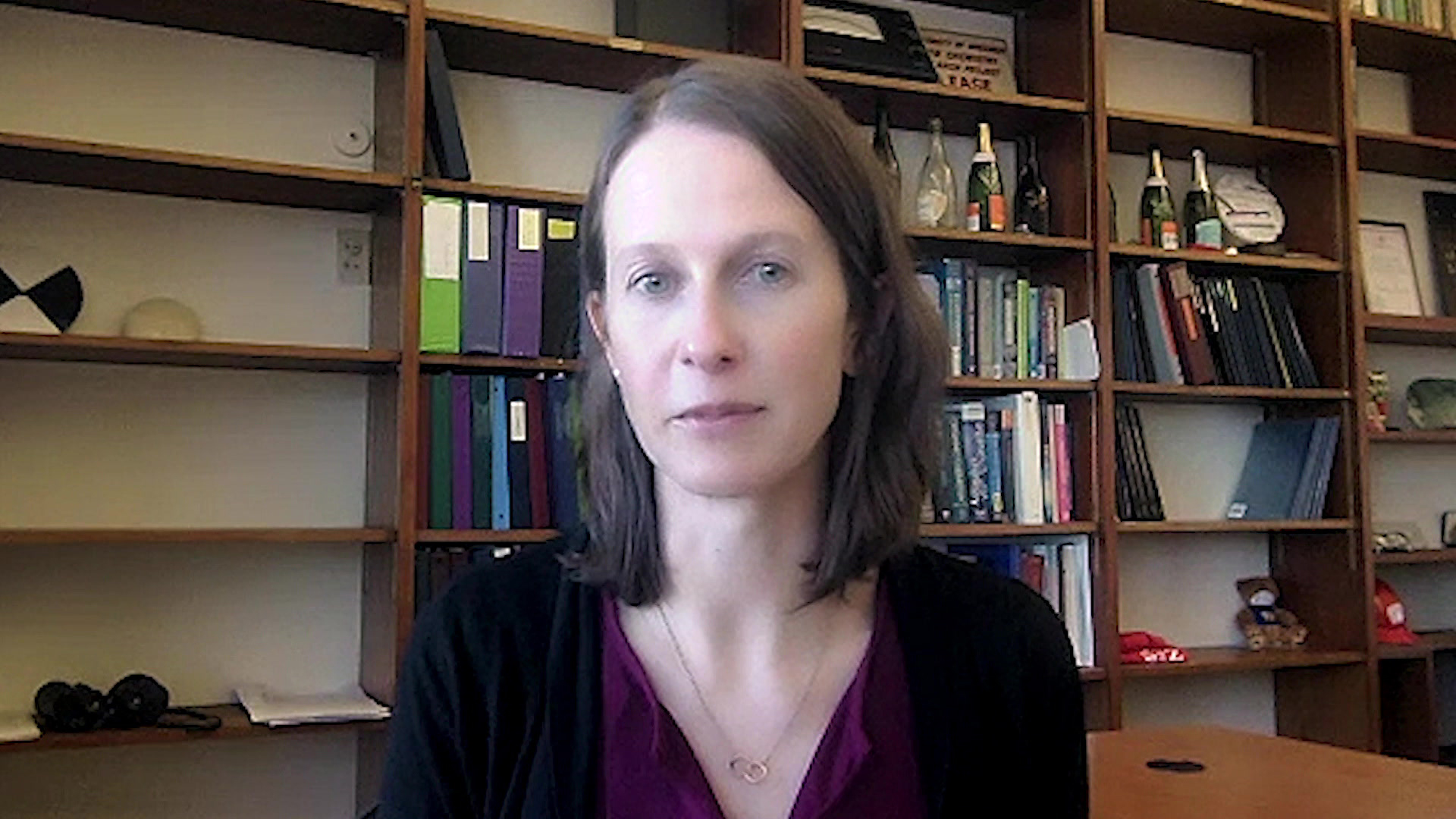
An associate professor of environmental and civil engineering at UW-Madison, Christy Remucal notes PFAS chemicals are ubiquitous, found in many common consumer products as well as in industrial settings. (Credit: PBS Wisconsin)
Eau Claire’s name literally translates from French to “clear water” — an attribute Berg took seriously when they decided to begin testing for PFAS chemicals in city well water.
“We started back in 2020, and we did that on our own,” Berg said. “We wanted to know if we did have PFAS in our water.”
The Eau Claire water treatment plant worked with the Wisconsin Department of Natural Resources for guidance on how to sample PFAS and where.
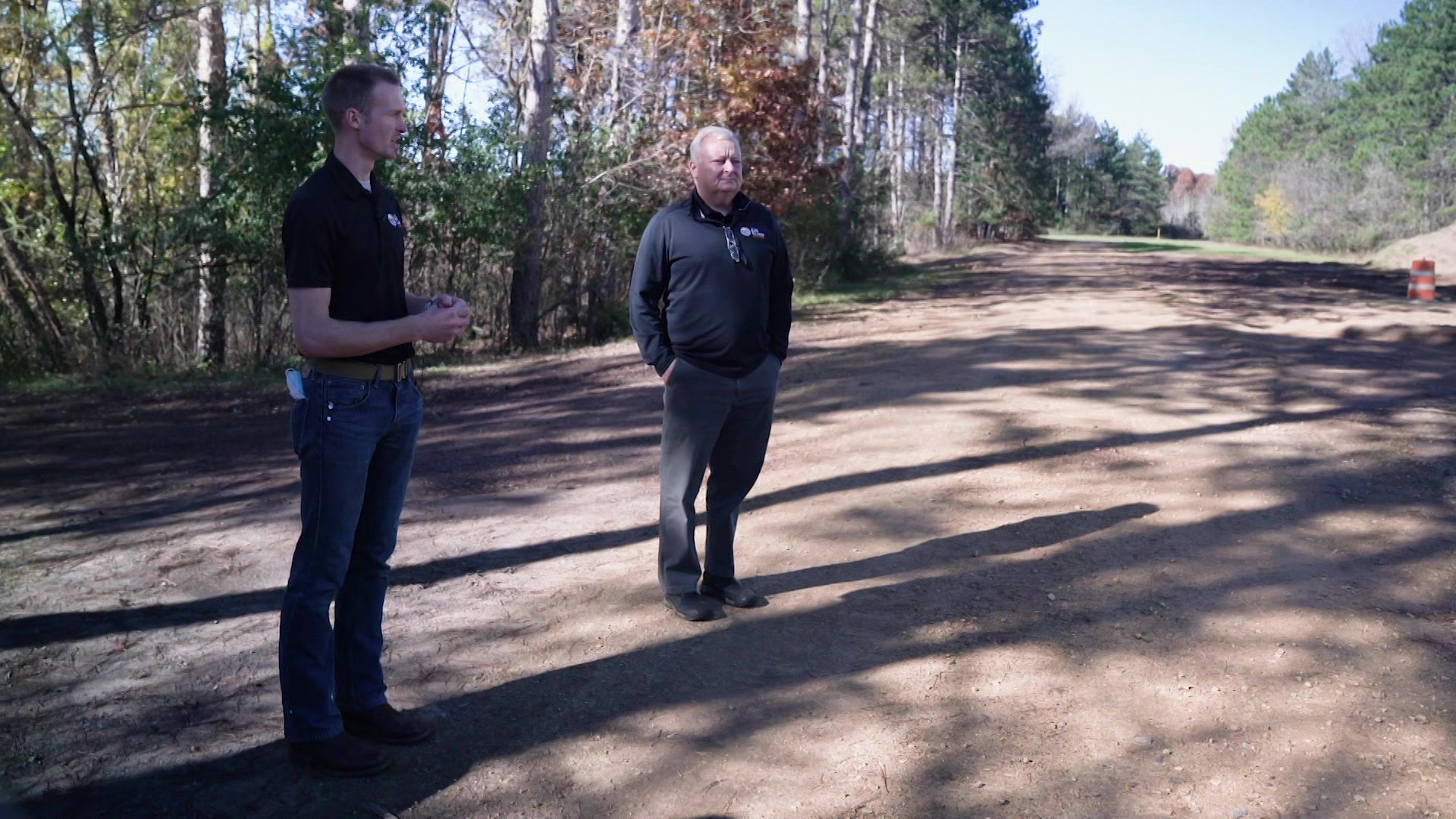
An Eau Claire utilities employee (left) and Lane Berg (center), the city agency’s manager, stand in the midst of well field, describing which wells were shut off in response to elevated levels of PFAS. “So we’re in basically about the middle of the well field. This is what we kind of consider the north and the south half from here,” explained the agency employee. (Credit: PBS Wisconsin)
“The biggest concentration of PFAS that we found has been on the far north end of our well field,” noted Berg. “We shut off an additional three wells that were strictly out of our own precaution. We shut those off as we saw the PFAS migrating.”
PFAS is especially concerning as a growing body of research links the chemicals to adverse health outcomes, including cancer, thyroid issues, increased cholesterol, and problems for pregnant mothers and their babies.
PFAS chemicals don’t break down over time, they travel far and they are everywhere, making it difficult to hold parties responsible for contamination.
“The DNR has actually listed the airport in close proximity to here as a PRP: potentially responsible party. They’re handling that full investigation,” said Berg.
Many contamination sites across the United States are near airports or fire training areas, as powerful firefighting foams are packed with PFAS chemicals. While the DNR handles the investigation, Eau Claire utilities has been focusing on solutions.
“Doing piping, creating these absorption ponds, we’re able to dump water, which is cutting off the flow of PFAS to our better wells,” Berg explained. “And we’ve actually seen improvement. Five of our individual wells since we started doing this, and our entry point have been on a steady decline as well.”
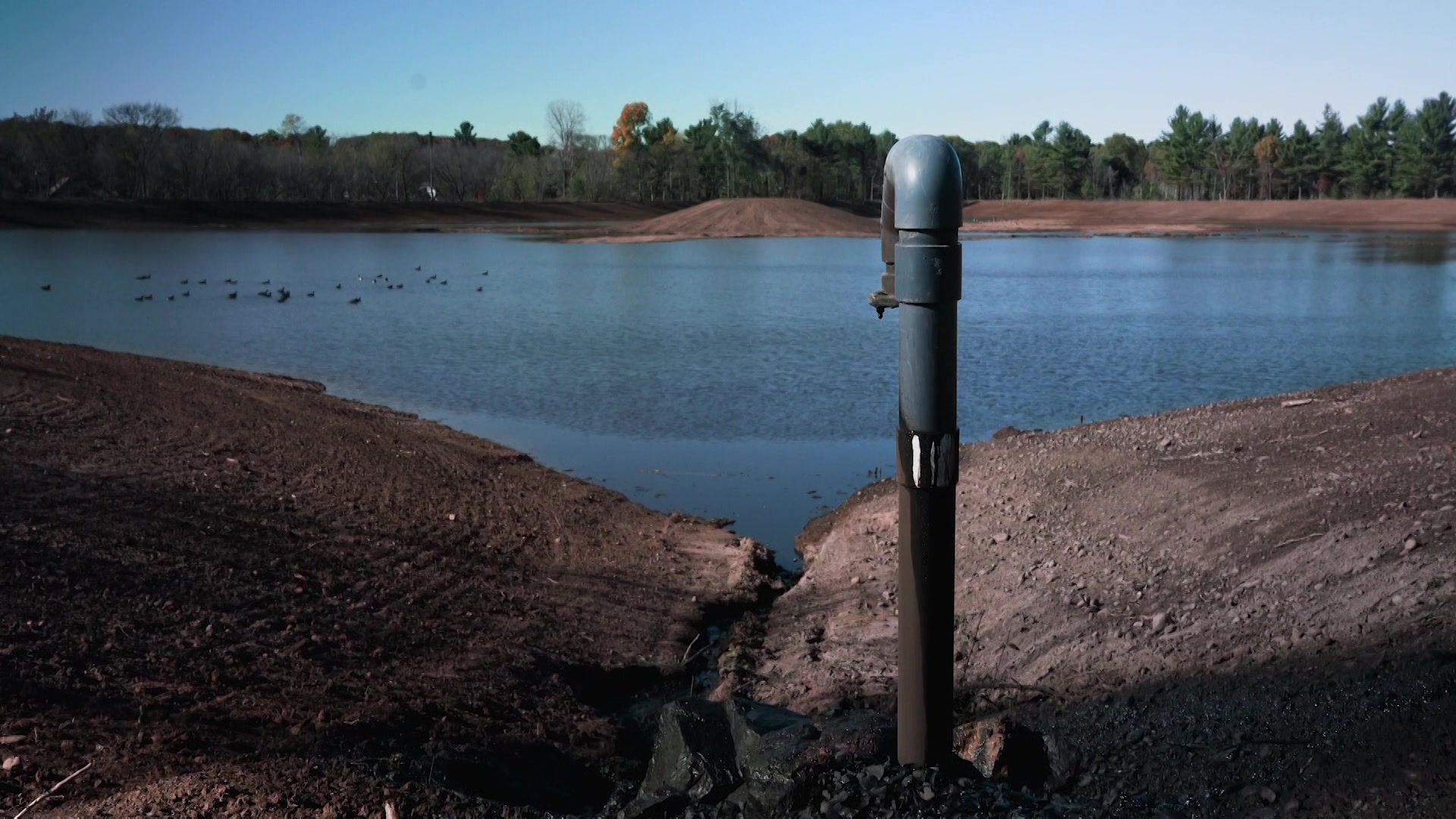
In response to detecting PFAS in water from several of its wells, the city of Eau Claire utility is pumping water from them into a retention pond, also called an absorption pond, to temporarily divert the supply from its treatment plant. (Credit: PBS Wisconsin)
In 2019, the Wisconsin Department of Health Services came out with a drinking water standard of 20 parts per trillion for 11 of the most commonly used PFAS compounds, among the thousands that exist.
In October 2021, the federal Environmental Protection Agency announced its own road map toward regulations for contamination levels, testing and companies to report their usage.
Regulating PFAS chemicals on the state and federal level has been difficult for a number of reasons, as there is still so much unknown about the emerging contaminant and its dangers, and many industries cling to their reliance on PFAS chemicals in manufacturing. Overall, enforcement of standards is limited.
In the meantime, Berg wants to reassure the people of Eau Claire.
“I want to just reinforce the fact that our water is safe,” he said.
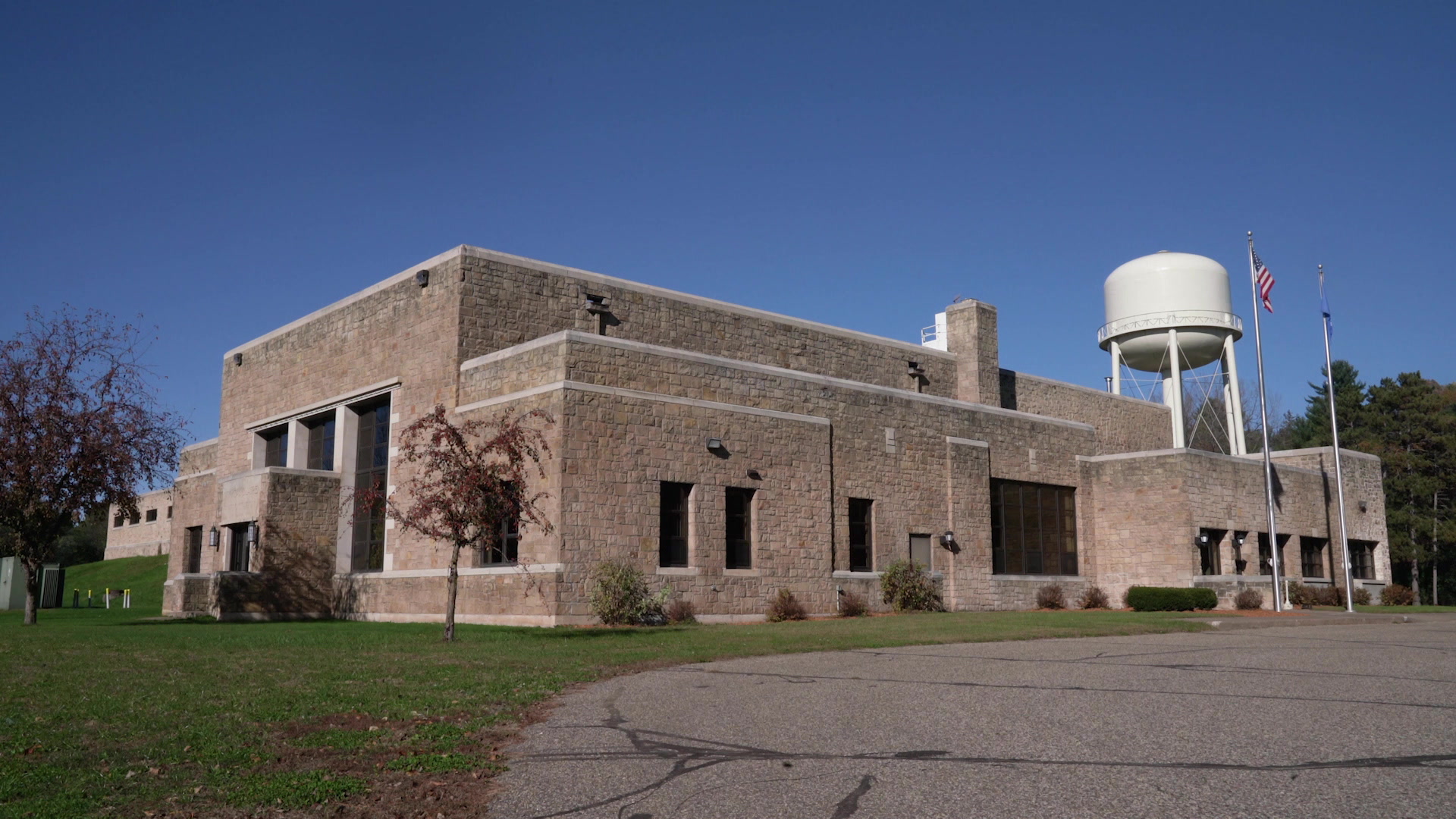
Drinking water for Eau Claire is processed and monitored via the city’s treatment facility, and its leadership wants residents to have confidence in what flows from their faucets. (Credit: PBS Wisconsin)
“I also think it’s really good that some utilities are being proactive and looking for these chemicals,” said Remucal.
“PFAS is a big issue,” Berg added. “I don’t think we’ll be in a position to wait for any legislative action. We’ll take action on our own here. This is something we feel really strongly about, and we’re going to try and resolve the problem.”
That’s most especially fitting in a city named for its clear water.
 Passport
Passport




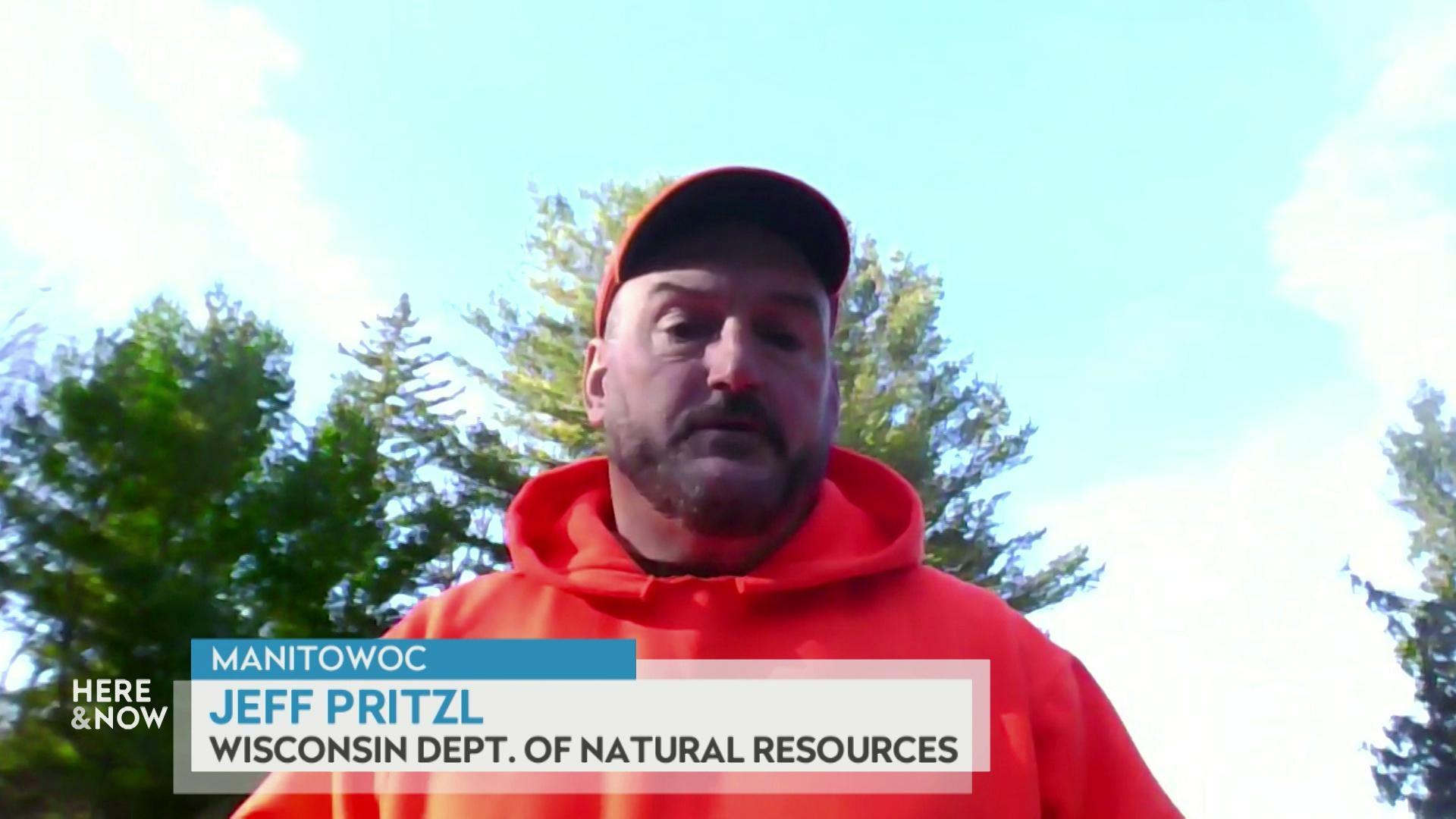


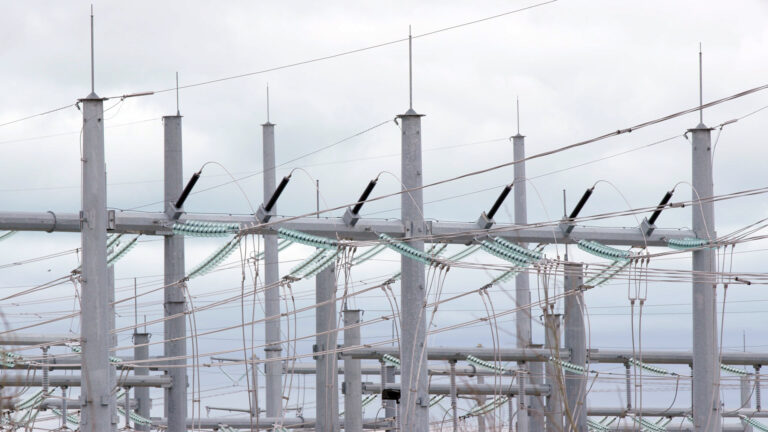
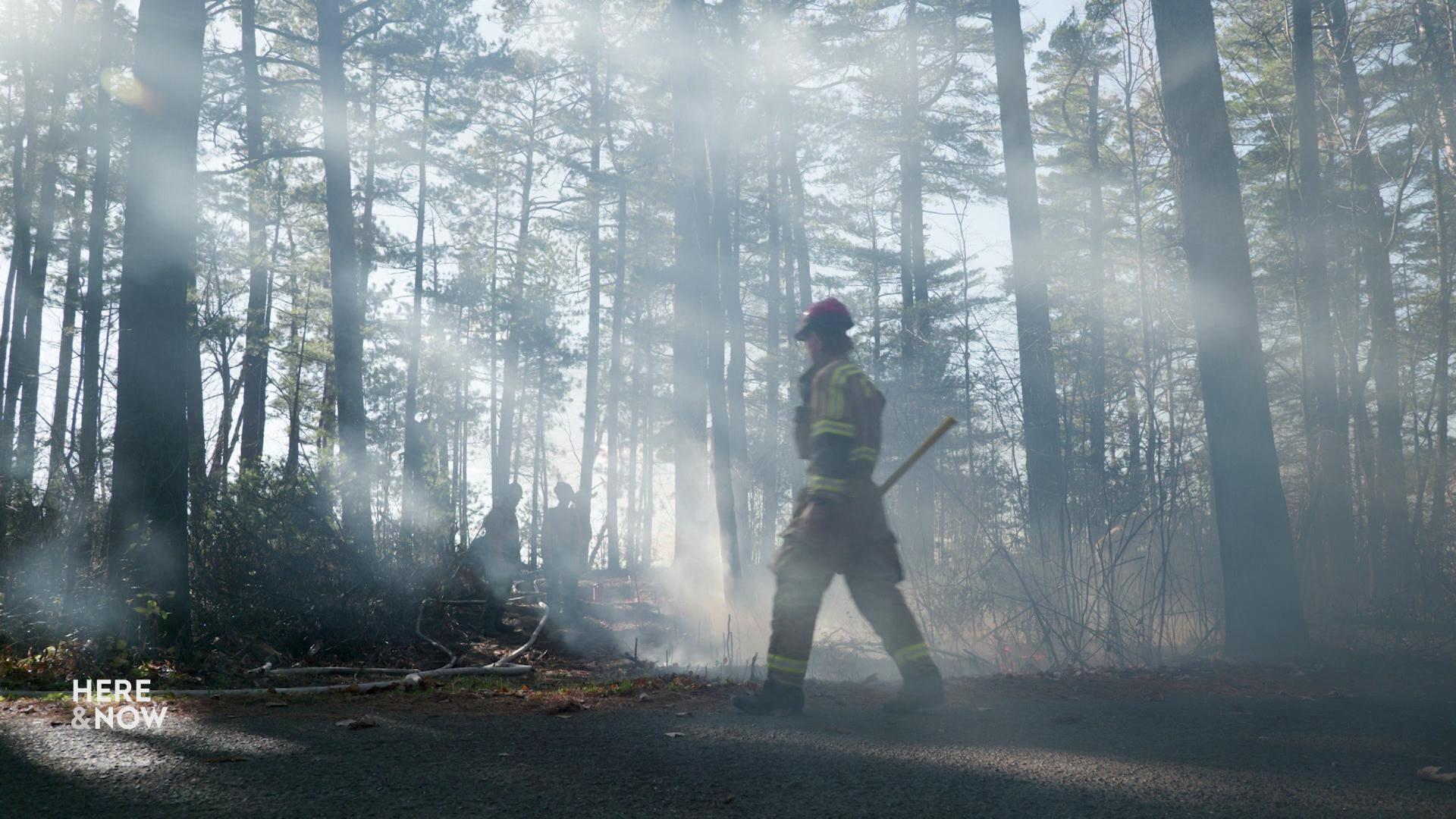


Follow Us